How to Minimize Risks in Your Warehouse
Warehouse operations management is no small feat. It’s a bustling environment where the efficiency of warehouse workers and their safety must go hand in hand. But with so many moving parts—from potential hazards to the human factor—it’s easy for potential risks to creep in. From accidents and injuries to damaged goods and operational inefficiencies, the [...] The post How to Minimize Risks in Your Warehouse first appeared on Warehouse & Logistics News.

Warehouse operations management is no small feat. It’s a bustling environment where the efficiency of warehouse workers and their safety must go hand in hand. But with so many moving parts—from potential hazards to the human factor—it’s easy for potential risks to creep in.
 From accidents and injuries to damaged goods and operational inefficiencies, the stakes are high. The good news? You can take proactive steps to minimize these risks and create a safer, more productive workspace. Here’s how.
From accidents and injuries to damaged goods and operational inefficiencies, the stakes are high. The good news? You can take proactive steps to minimize these risks and create a safer, more productive workspace. Here’s how.
Assess Your Current Workplace Safety Standards and Safety Measures
Before you can fix anything, you need to know where the problems lie. Start by conducting a thorough risk assessment of your warehouse.
Walk through every area, from storage zones of hazardous materials to loading docks, and identify potential hazards. Are there loose wires, slippery floors, or poorly stacked pallets? Make a list of these risks and prioritize them based on their severity.
Don’t stop at physical hazards. Consider operational safety risks too, like outdated equipment or insufficient training on safety procedures. Securing a warehouse should be included in the mix as well.
Once you’ve identified the issues, create a plan to address them for a safer work environment. Regularly updating your risk assessment ensures you stay ahead of potential problems.
Train Your Teams on the Importance of Worker Safety and Safe Operations
Proper training is non-negotiable. Make sure every team member understands how to operate equipment safely, use safety gear for their protection, handle flammable materials correctly, and follow emergency protocols like activating sprinkler systems in case of fire. Don’t assume everyone knows the basics—reinforce training regularly for a safe working environment.
Implement Clear Safety Protocols
Clear, written safety protocols are essential for minimizing risks. These guidelines should cover everything ranging from proper lifting techniques for heavy loads, workers’ protection systems, to emergency exits. Display them prominently in high-traffic areas and ensure they’re easy to understand for accessibility.
Remember to regularly review compliance and update these protocols. Consistency plays a pivotal role in a safe warehouse —when everyone follows the same rules, the chances of accidents decrease dramatically.
Utilize Proper Lighting and Signage
Poor lighting can turn even the safest warehouse into a hazard zone. Make sure all areas are well-lit, especially high-traffic zones and emergency exits. Use energy-efficient warehouse lighting to reduce costs without compromising visibility.
Signage is equally important. Clearly mark hazardous areas, emergency exits, and safety equipment like fire extinguishers. Use bold, easy-to-read signs that can be understood at a glance. Good lighting and signage not only reduce risks but also improve overall efficiency.
 Encourage Proper Lifting Techniques
Encourage Proper Lifting Techniques
Back injuries are one of the most common workplace injuries, and warehouses are no exception. Teach your employees proper lifting techniques to minimize strain. Encourage them to bend their knees, keep their backs straight, and avoid twisting while lifting heavy objects.
Provide tools like dollies, pallet jacks, and forklifts to reduce the need for manual lifting. If an item is too heavy or awkward to lift safely, make sure employees know it’s okay to ask for help. A little prevention goes a long way in avoiding injuries.
Monitor and Control Traffic Flow
Warehouses are busy places, and without proper traffic control, accidents are bound to happen. Designate separate pathways for pedestrians and vehicles like forklifts. Use floor markings, barriers, and signs to guide movement and prevent collisions.
Implement speed limits for vehicles and enforce them strictly. Encourage employees to stay alert and avoid distractions while moving through the warehouse. A well-managed traffic flow reduces the risk of accidents and keeps operations running smoothly.
Invest in Personal Protective Equipment (PPE) Gear
PPE and gear are a must in any warehouse. Depending on your operations, this could include gloves, helmets, safety glasses, or steel-toed boots. Make sure every employee has access to the appropriate PPE and knows how to use it correctly.
Regularly inspect PPE for wear and tear, and replace it as needed. Don’t skimp on quality—cheap equipment may save money upfront but can lead to costly accidents down the line. Protecting your employees is an investment in your business’s future.
Prepare for Emergencies
Even with the best precautions, emergencies can still happen. That’s why it’s crucial to have a solid emergency plan in place. Conduct regular drills for scenarios like fires, chemical spills, or severe weather. Make sure everyone knows their role and where to go in an emergency.
Keep emergency equipment like first aid kits, fire extinguishers, and spill kits easily accessible. Regularly check that this equipment is in good working condition.
Remember: being prepared can mean the difference between a minor incident and a major disaster.
Leverage Technology to Enhance Safety
Modern technology plays a crucial role in warehouse safety. Consider implementing tools like automated guided vehicles (AGVs) to reduce the need for manual labor in high-risk areas. Use sensors and cameras to monitor equipment and detect potential hazards.
Software solutions can also help. Inventory management systems can reduce errors and improve organization, while safety management platforms can streamline risk assessments and incident reporting.
Final Words
Minimizing risks in your warehouse isn’t just about avoiding accidents—it’s about creating a space where your team can thrive. By assessing hazards, training employees, maintaining equipment, and so on, you’ll protect your people, your products, and your bottom line.The post How to Minimize Risks in Your Warehouse first appeared on Warehouse & Logistics News.


































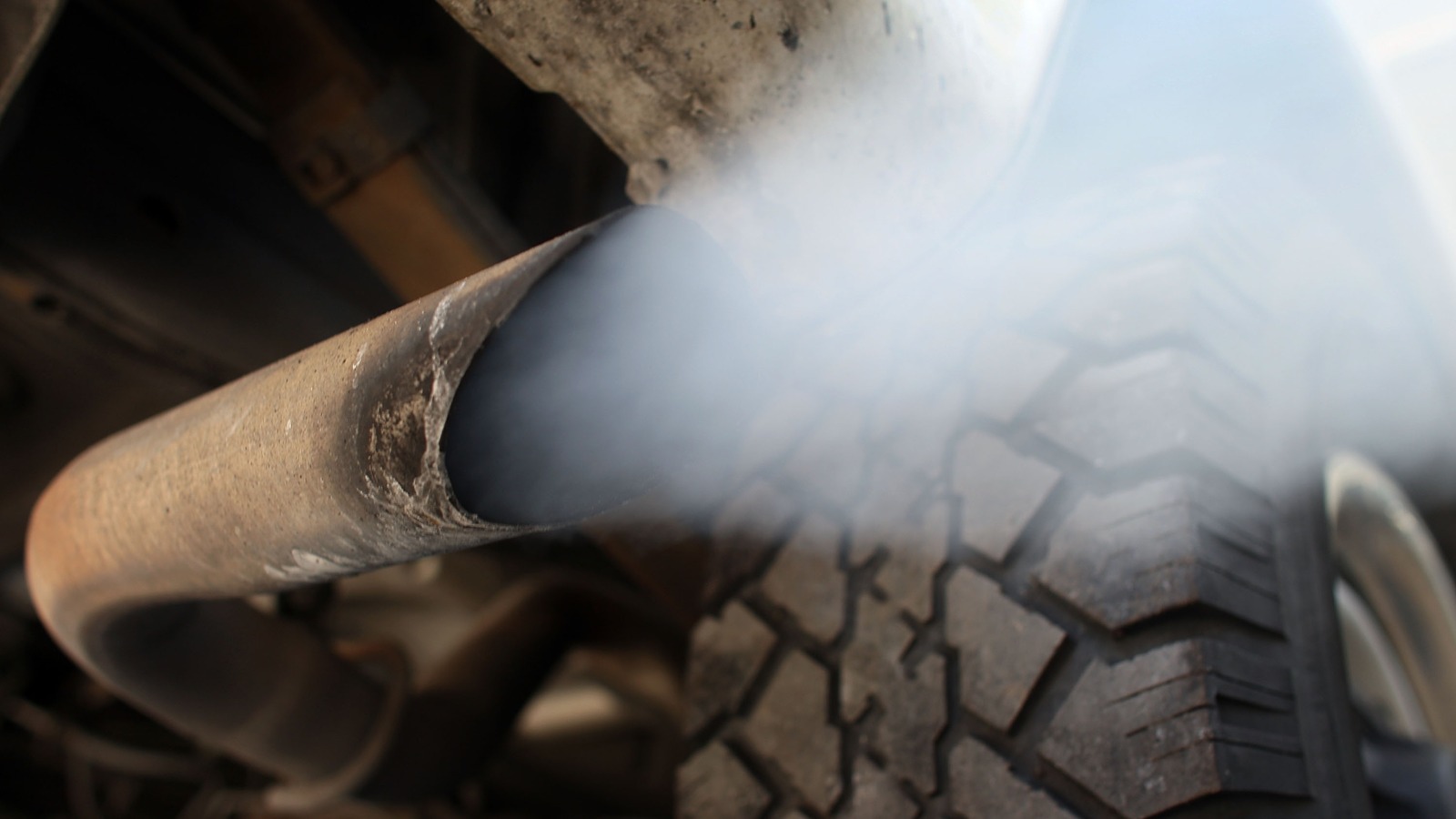
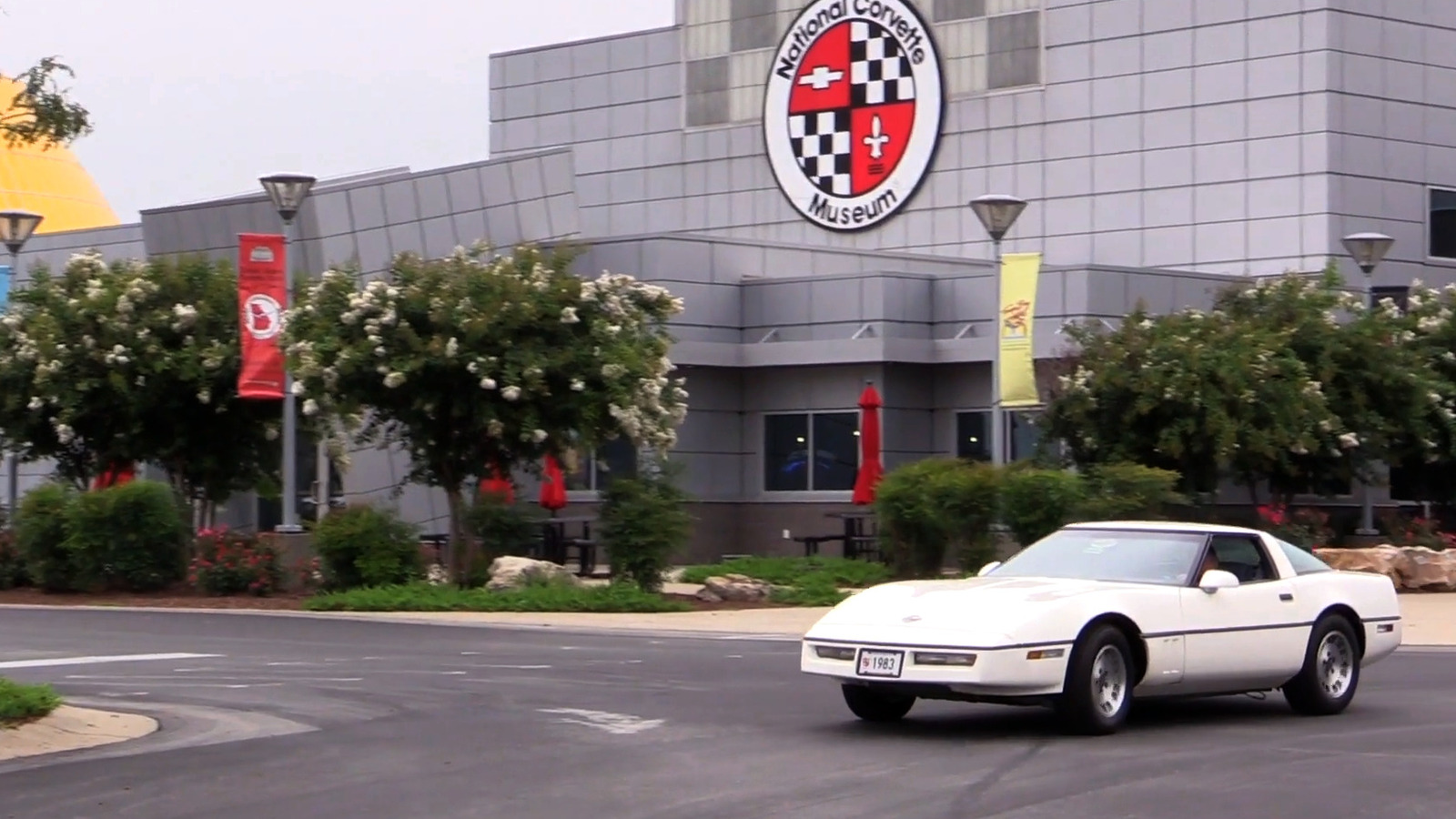



























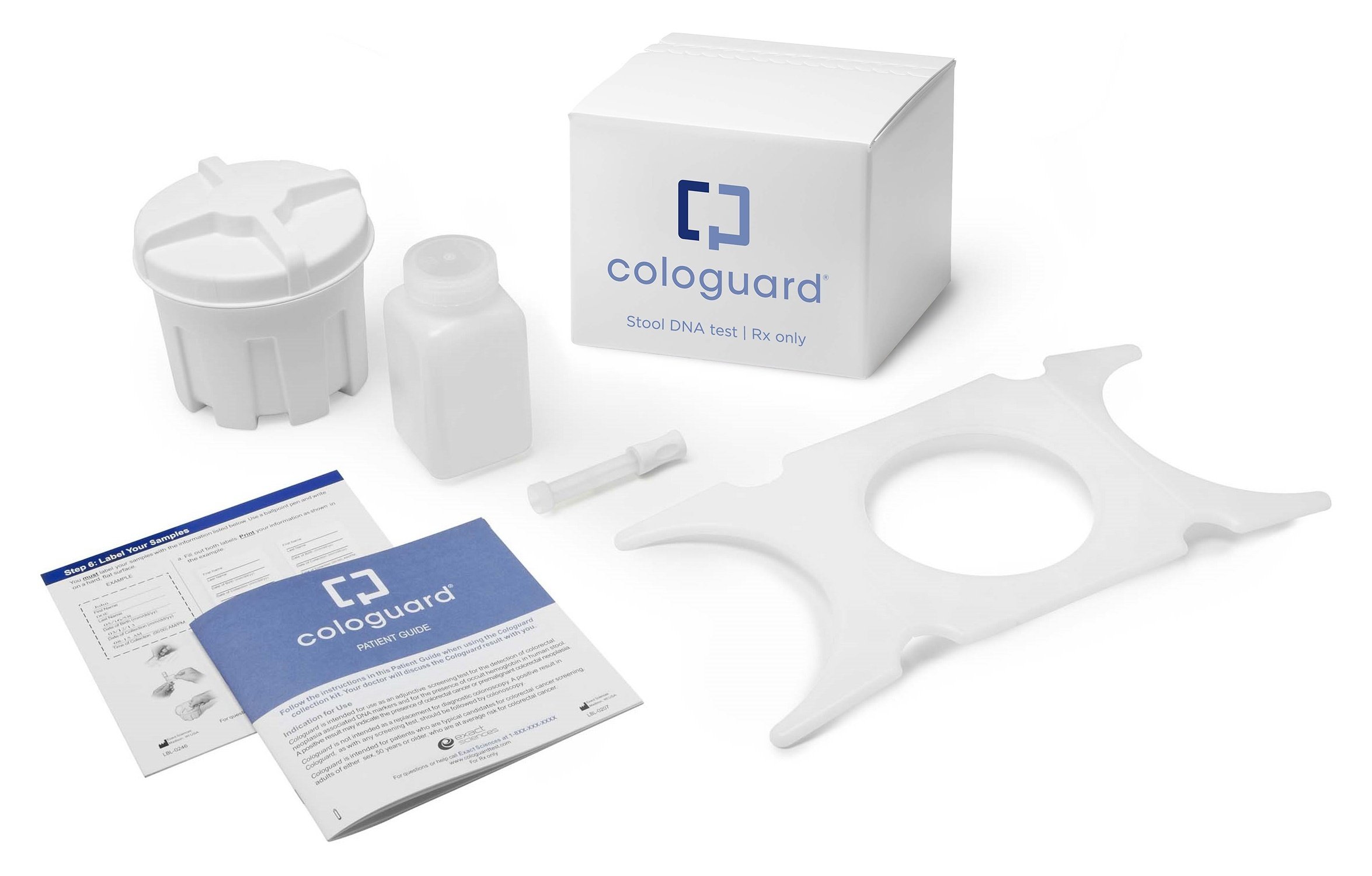












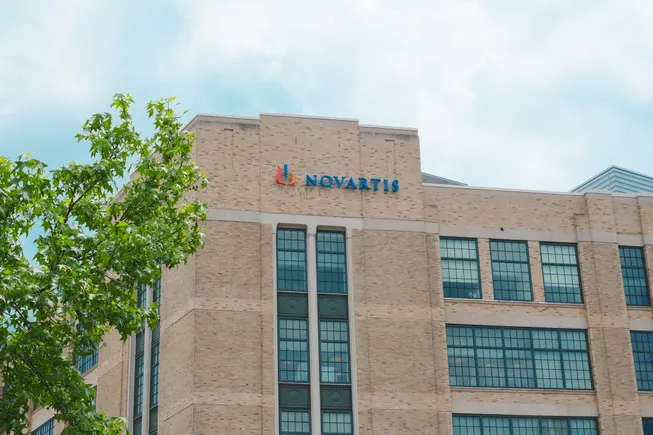





















![The sights of Avalon Air Show 2025: Day Three [PHOTOS]](https://breakingdefense.com/wp-content/uploads/sites/3/2025/03/f-35-avalon-final-day-scaled-e1743079275404.jpg?#)














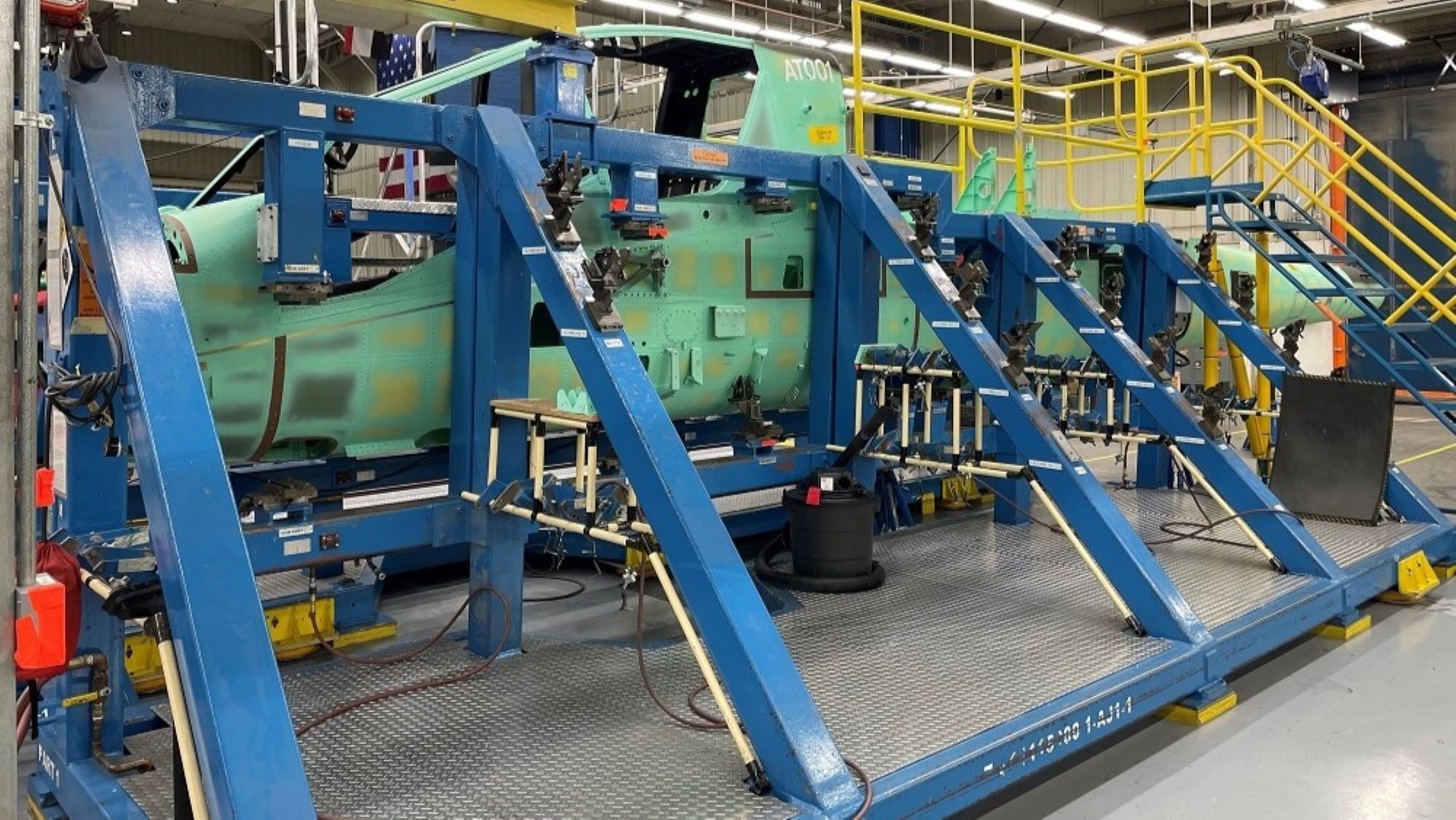





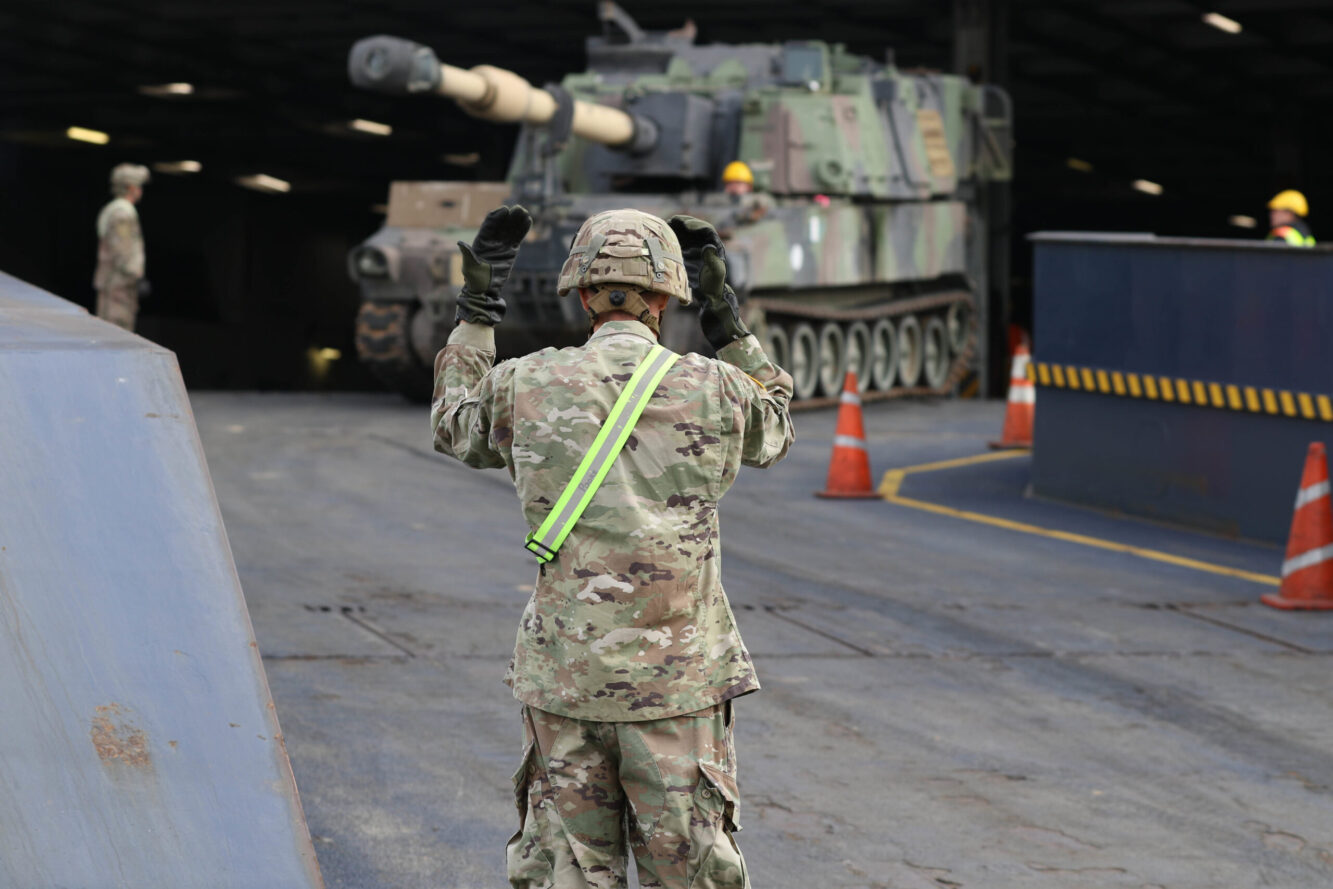

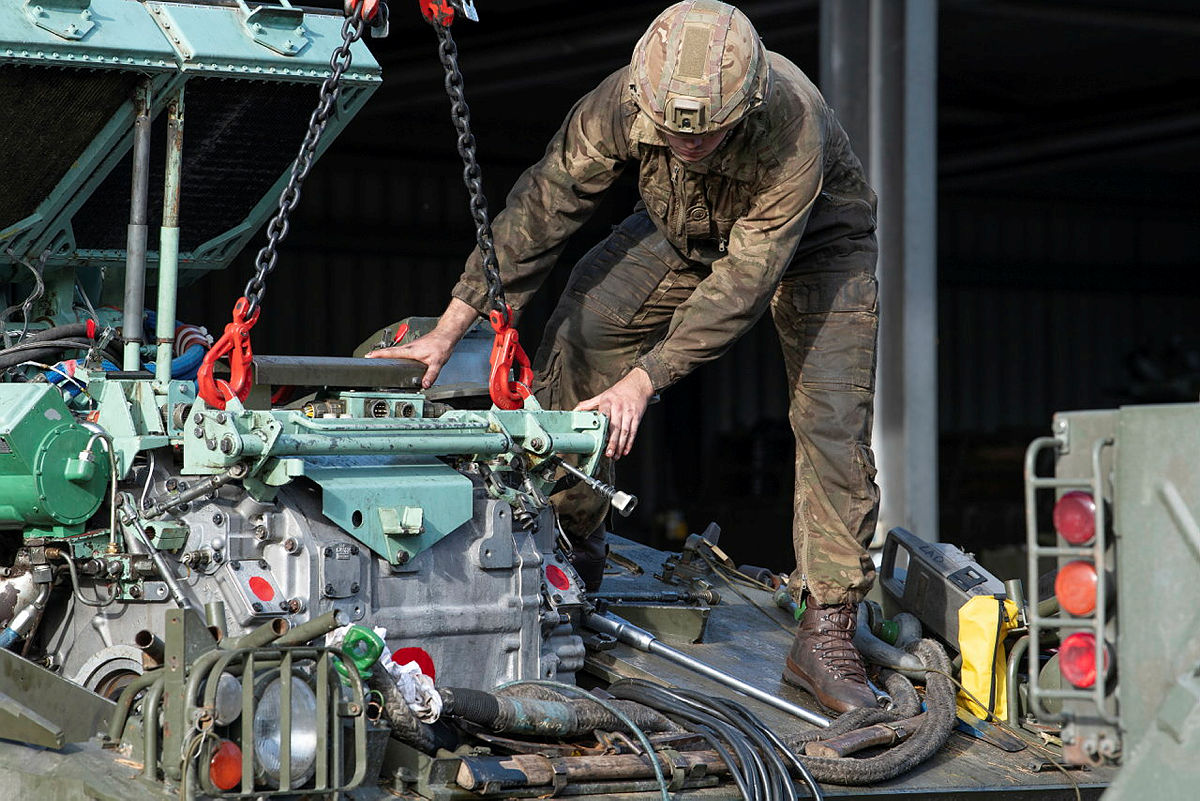


























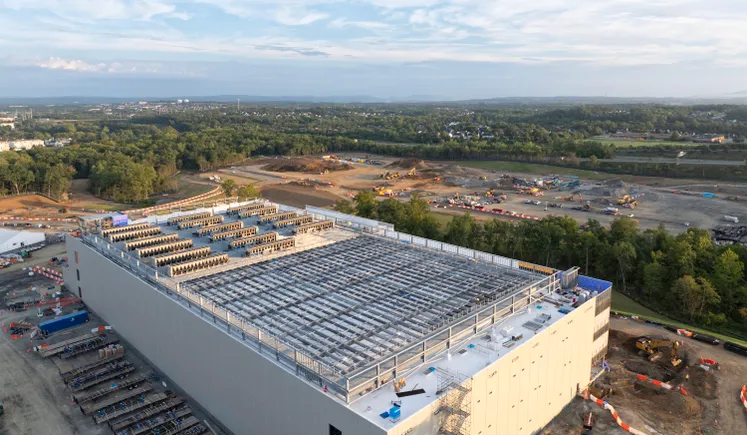








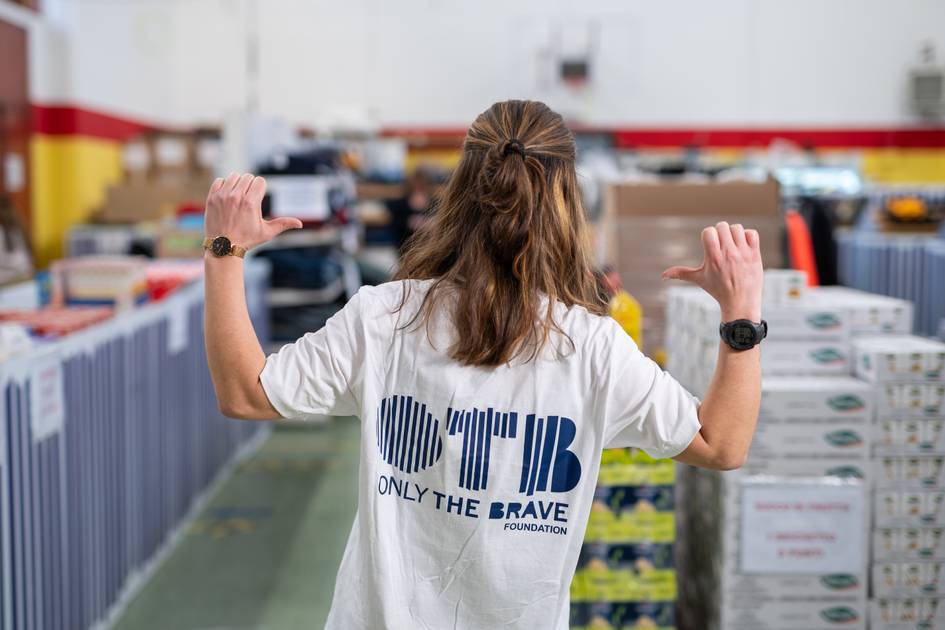












.jpg)










